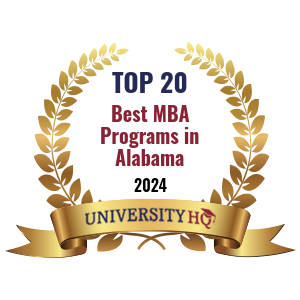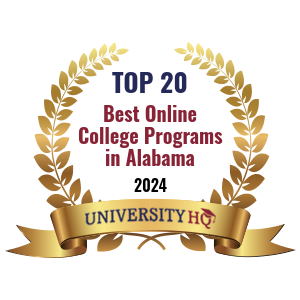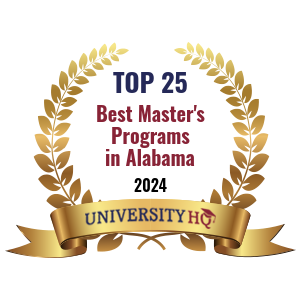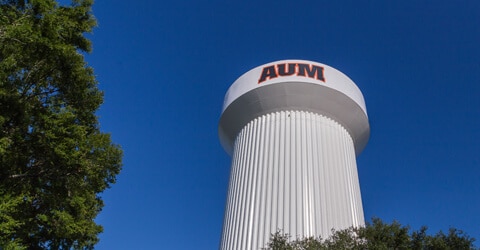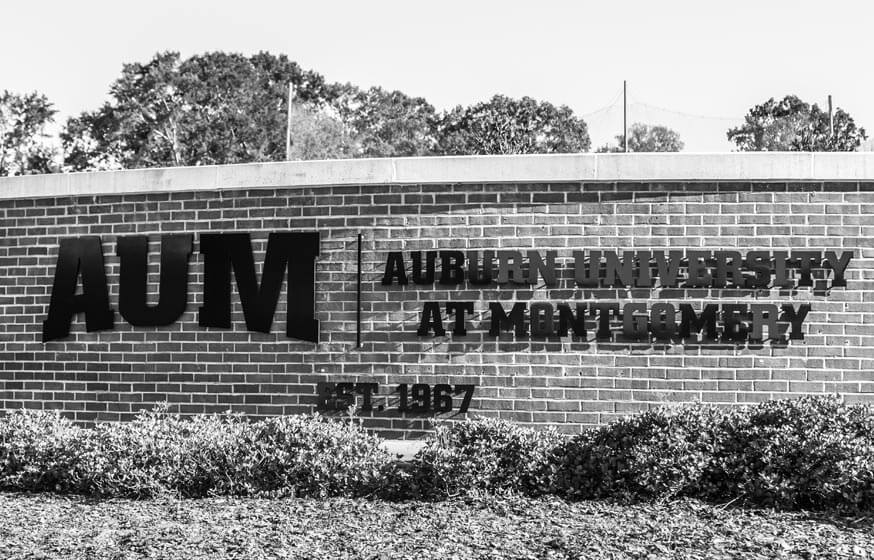Get Matched With Online Colleges
Coming onto the university’s grounds, you may wonder if you’re ever going to learn your way around. The campus is big and there’s a lot of ground to cover. You can happily arrange a dorm room as campus housing is available and plan to get outside and walk around with your roommates or one of your friends who’s also attending this university. There are plenty of landmarks to help you remember where you’re going for the first or two.
Search All Programs
Overview of Auburn University at Montgomery (AUM)
Before your family leaves to go back home, you could go out for lunch or dinner with them. Get something to eat and just look around the city. You’ll soon see that Montgomery is a large rectangle, with some zigs and zags thrown in. Before long, you’ll be able to recognize the streets you’re going to use to get off-campus and back on.
Despite the size of the campus, student enrollment only reaches around 5,100. The majority of the student population is made up of undergraduate students. This makes the student-to-faculty ratio 16 to 1, which is a bit high, but not bad. While Auburn University was founded relatively recently, in 1967, it has already become an educational tradition in Alabama.
General Information
| School Type | Public |
|---|---|
| Campus Setting | City: Midsize |
| Campus Housing | Yes |
| Student Faculty Ratio | 16:1 |
| Graduation Rate | 34% |
| Year Founded | 1967 |
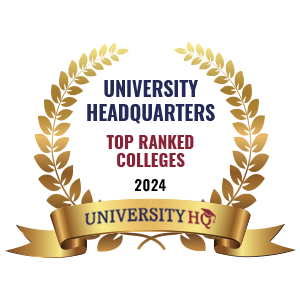
Student Enrollment
Total Students5,188
4,523
665
Undergraduate Student
Male 1,583
Female 2,940
Graduate Student
Male 233
Female 432
Explore Map
AUM Acceptance Rate and Admissions
APPLICATIONS4,109
ACCEPTANCE3,698
Acceptance Rate90%
Enrollment 629
| Admissions | |
|---|---|
| Application Fee | NA |
| High School GPA | Required |
| High School Rank | Recommended |
| High School Transcripts | Required |
| College Prep Courses | NA |
| Recommendations | Na |
| SAT/ACT | Required |
| TOEFL (Test of English as a Foreign Language) | Required |
| Application Deadline | August 15 |
| Common Application Accepted | No |
AUM Tuition Cost & Financial Aid
Once you and your parents total up all the costs for Auburn University, that bill will be around $20,600. This includes in- or out-of-state tuition, room and board, books, supplies, and other various costs.
Fortunately, once your financial aid has been applied to that amount, you’ll only have the average net price left to cover. For a recent academic year, this was $14,559. Since financial aid is awarded based on a family’s income, your family will pay more or less depending on how much income they have over the course of a year. If your family earns between $30,001 and 448,000, you’ll pay around $13,461. Families earning more pay more. A family that earns more than $110,001 pays around $16,605.
Almost 100% of freshmen students qualified for financial aid in a recent year. They received grants averaging $5,980. A slightly smaller percentage (89%) received institutional grants and scholarships averaging $2,851.
| Average net price | 2018-2019 |
|---|---|
| Net Price | $14,559 |
| Average Total Aid | $5,980 |
| Students Receiving Financial Aid | 96% |
| Room & Board | $6,980 |
Sticker Price
- Tuition In-State - $8,620
- Tuition Out-of-State - $18,292
- Books and Supplies - $1,200
- Room & Board - $6,980
- Other - $3,850
Academics
When you register for classes and return for a second year, your actions will place you within a group made up of other first-year students who returned for their second year of school. The school tracks this and it’s called the retention rate, which for Auburn University is 66%. This is tracked to show prospective students whether or not they have a better than odds chance of appreciating and getting everything they want out of this college experience. For Auburn University, that’s a yes.
The 4-year graduation rate is 9%. Looking two years down the road, this percentage improves slightly to 34% after six years. Matters, such as finances or part-time jobs, may interfere with students being able to complete their classes on time, or they may decide to transfer to a different school to graduate.
Something may interfere with your ability to take one class or more on its scheduled day and time. Do you drop the class, hoping to pick it up in another semester? You don’t have to. Here at Auburn, you’ll be able to take many classes in the evening. Or you may choose to take a distance learning (online) class.
The five most popular degree programs offered are health professions and related programs; business, management, marketing, and related support services; education; computer and information sciences and support services; and psychology.
Retention
Rate
4 year
Graduation
Rate
6 year
Graduation
Rate
Student Population Total
Student Population 5,188
4,523
665
Most Popular Programs & Majors
(# of Diplomas Awarded by Subject)
| Health Professions and Related Programs | 200 Total Graduates / 30% |
|---|---|
| Registered Nursing/Registered Nurse | 168 Graduates |
| Clinical/Medical Laboratory Technician | 17 Graduates |
| Audiology/Audiologist and Speech-Language Pathology/Pathologist | 15 Graduates |
| All Business Majors | 115 Total Graduates / 17% |
| Accounting | 32 Graduates |
| Finance, General | 23 Graduates |
| Business Administration and Management, General | 16 Graduates |
| Marketing/Marketing Management, General | 15 Graduates |
| All Education Majors | 46 Total Graduates / 7% |
| Elementary Education and Teaching | 37 Graduates |
| Secondary Education and Teaching | 6 Graduates |
| Special Education and Teaching, General | 3 Graduates |
| Computer and Information Sciences and Support Services | 43 Total Graduates / 6% |
| Information Technology | 40 Graduates |
| Computer Science | 3 Graduates |
| All Psychology Majors | 40 Total Graduates / 6% |
| Psychology, General | 40 Graduates |
| All Other Diplomas | 33% |
Outcome & Salary
One of the biggest days in your life will come when you graduate and are finally able to start a new job in your career field. AU – Montgomery graduate’s early-career salaries average $46,200. Their mid-career salary is much higher at $81,000.
Keep your 4-year cost of education in mind. This is $58,236 and it affects your return on investment (ROI). A graduate’s 10-year salary earnings potential is $606,130 and their 20-year potential salary is $1,416,130. After deducting the cost of education, your 10-year projected ROI is $547,894 and your 20-year projected ROI is $1,357,894.
Compare this to the national average salary of a high school graduate who doesn’t go to college, which is $38,792. Their 10-year projected income is $387,920 and their 20-year projected income is $775,840.
| Graduates Salary | |
|---|---|
| College Grads Early Career Salary | $46,200 |
| College Grads Average Salary | $60,613 |
| College Grads Mid Career Salary | $81,000 |
| Return on Investment (ROI) | |
|---|---|
| 10 Year Salary Earnings Potential | $606,130 |
| 20 Year Salary Earnings Potential | $1,416,130 |
| Cost of Education (Net Price) 4 Year | $58,236 |
| 10 Year Projected ROI | $547,894 |
| 20 Year Projected ROI | $1,357,894 |
| No College Education Salary Comparison | |
|---|---|
| National Average Salary | $38,792 |
| 10 Year Projected Income | $387,920 |
| 20 Year Projected Income | $775,840 |
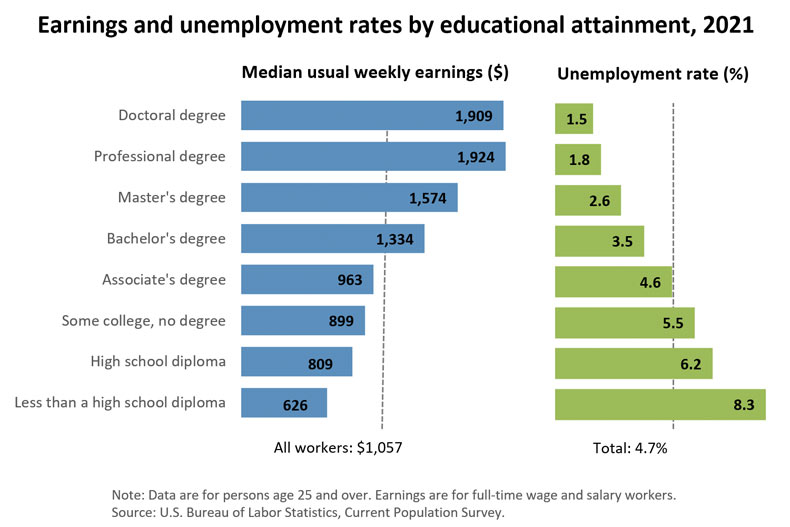
Related Top College Resources

